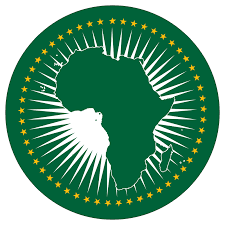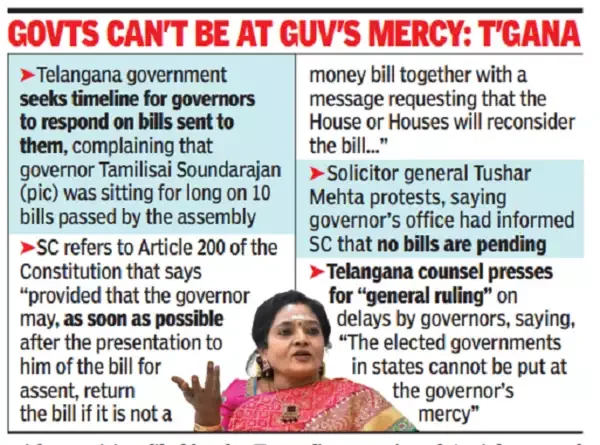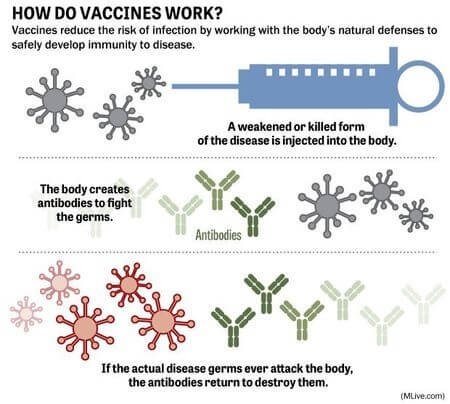
Pradhan Mantri Kisan Samman Nidhi (PM-KISAN)
Subscribers of "Current Affairs" course can Download Daily Current Affairs in PDF/DOC
Subscribe to Never Miss an Important Update! Assured Discounts on New Products!
Must Join PMF IAS Telegram Channel & PMF IAS History Telegram Channel
- Context (IE l TH): Tamil Nadu Cauvery Farmers’ Protection Association has sought to investigate the alleged corruption worth crores in the name of farmers under the PM-KISAN.
- GOI has added back 34 lakh farmers under the “saturation drive” after the beneficiaries under PM-KISAN dropped by 20%.
- It has become operational from 1.12.2018.
- Nodal Ministry: Ministry of Agriculture and Farmers’ Welfare
- The scheme is meant for small and marginal land-holding farmers (SMFs), provided the farmland is cultivable.
Objectives of the Scheme
- The scheme aims to supplement the financial needs of the farmers in procuring various inputs to ensure proper crop health and appropriate yields commensurate with the anticipated farm income.
- To protect farmers from falling into the clutches of moneylenders for meeting such expenses.
- To boost rural consumption in the country.
- To supplement the efforts taken by the GOI to double farmers’ income by 2022.
Features Of PM KISAN
-
Income Support
- PM-KISAN Yojana provides minimum income support to farmers.
- Eligible farmer families receive Rs.6000 annually, distributed in three equal instalments every four months.
- The scheme was initially meant for SMFs having landholding up to 2 hectares, but the scope was extended to cover all landholding farmers regardless of the land size.
|
Usage Flexibility
- There are no specific restrictions on how beneficiaries can utilise the amount received under the scheme.
- They are free to use it for various purposes as per their needs.
-
Funding
- PM KISAN is a central sector scheme with all the funding coming from GOI.
- Initially, a reserve of Rs.75000 crore per year was allocated for this initiative, with direct transfers to beneficiaries‘ bank accounts via DBT.
-
Identification Responsibility
- The identification of beneficiaries is the responsibility of the State and Union Territory governments.
- These governments determine which farmer families qualify for the scheme.
|
Who Is Not Eligible to Avail PM KISAN Yojana?
- All farmers are eligible for monetary assistance under the scheme. The following categories of beneficiaries do not qualify for the PM KISAN yojana:
- Institutional landholders
- Present and former holders of constitutional posts
- Former and present ministers/state ministers
- Present and former members of Rajya Sabha/State Legislative Assemblies/Lok Sabha/State Legislative Councils
- Former and present Mayors of Municipal Corporations
- Present and former Chairpersons of District Panchayats
- All retired or serving State/Central Government officers, State or Central PSEs, and regular Local Bodies employees.
- Every retired/superannuated pensioner having a monthly pension of ₹10,000 or higher (excluding Multi-Tasking Staff/Group D/Class IV employees of the above category)
- Every individual who has paid income tax in the last assessment year.
- Professionals like engineers, architects, lawyers, doctors, and chartered accountants registered with professional bodies carry out their profession by undertaking practices.
Performance of PM KISAN Yojana
Significance of the scheme
- The direct transfer of funds is one of the most significant advantages of this scheme.
- Digitisation of all the records related to farmers makes the registration and fund transfer easy.
- There is no discrimination in choosing the PM-KISAN beneficiaries
- PM-KISAN yojana is a big step towards the GOI’s initiatives to modernise agriculture.
- As per the study by the International Food Policy Research Institute (IFPRI), PM-KISAN had numerous benefits for farmers and agriculture
- It addresses the liquidity constraints of farming households.
- The scheme boosts modern cultivar adoption through Krishi Vigyan Kendras.
- The cash transfer to farmers increases their net income and enhances their risk-taking capacity.
- This has led to productive investments (purchasing seeds, fertilisers, and necessary equipment), increased agricultural production and improved crop yields.
- PM-KISAN has eased credit constraints and spurred rural economic growth.
Criticism of the Scheme
- PM-KISAN is not reaching all farmer households as intended.
- Only 21 percent of the cultivators interviewed reported receiving the benefit.
- The in exclusion is greater UP than in Haryana and Rajasthan.
- This scheme is not pro-poor since recipients of PM-KISAN seemed to be better off than the general rural population.
- While PM-KISAN aims to cover small and marginal farmers (85% of the farmer population), landless agricultural labourers and tenant farmers are left in the lurch.
- Due to the volatile market and price fluctuations in different regions, indexing the cash transfers to local inflation is essential.
- Failure of DBT in kerosene in Rajasthan, where the cash transferred to families has been insufficient to purchase kerosene, as the market price increased substantially.
- The scheme does not provide a straightforward design of transfers and a framework for effective grievance redress.
Challenges
- If beneficiary farmers wish to lease their lands to tenant farmers or keep their lands fallow for some time, are they eligible to receive cash benefits?
- Except for a few states, others are still lagging in maintaining a database for land records.
- In the northeastern states, land ownership rights are community-based, making it difficult to identify beneficiaries.
- There are concerns at the operational level regarding land record reconciliation, digitisation of land records, and costs incurred in consolidating land records.
- The drive of implementing PM-KISAN can increase opportunity costs of critical (human) resources, shoot up operating expenses and strain the fiscal health of concerned states.
PM-KISAN Mobile App:
|
Similar programmes by state governments:
Bhavantar Bhugtan Yojana:
- Madhya Pradesh sought to relieve farmers by providing the differential between MSPs and market prices.
The Rythu Bandhu scheme
- The Telangana government provides ₹4,000 per acre for every season to all the state’s farmers.
- Similar initiatives have also been framed in Jharkhand and Odisha.




![PMF IAS Environment for UPSC 2022-23 [paperback] PMF IAS [Nov 30, 2021]…](https://pmfias.b-cdn.net/wp-content/uploads/2024/04/pmfiasenvironmentforupsc2022-23paperbackpmfiasnov302021.jpg)











